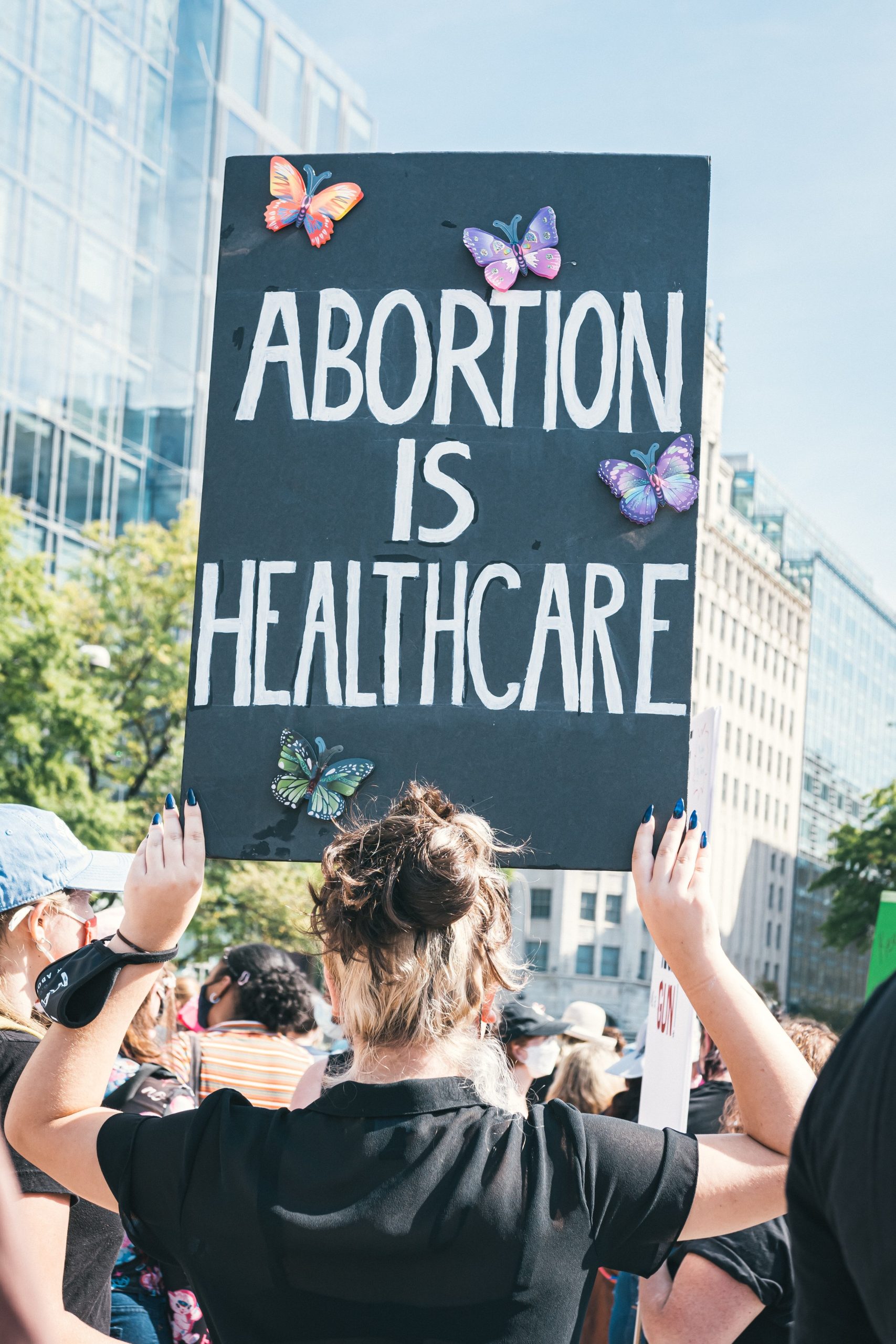As one of the most controversial and polarizing issues in modern American politics, abortion has been at the center of heated debates for decades. With Roe v. Wade legalizing abortion across the nation in 1973, many thought that access to reproductive healthcare would become a fundamental right for women everywhere. However, since then, states have implemented countless restrictions on abortion providers and patients alike – making it harder than ever before to obtain an abortion. In this post, we’ll explore how state policy has shaped the evolving landscape of abortion access after Roe v. Wade and what it means for women’s health today.
Background
Since the landmark Supreme Court decision in Roe v. Wade legalizing abortion nationwide, the landscape of abortion access has shifted dramatically. The availability of abortion services has become a hotly contested issue, with states across the country taking various actions to restrict or expand access to abortion.
In 1973, only six states had laws that restricted abortion rights; today, there are 27 states with such laws. Pro-choice advocates argue that these restrictions do not reflect public opinion and are instead motivated by anti-abortion sentiment. In contrast, pro-life advocates argue that all life should be protected from beginning to end and that abortions should only be allowed in cases of rape or when the mother’s life is in danger.
Despite this legal landscape shift, state policy on abortion still plays a significant role in terms of accessibility and availability. The percentage of women who live in states where they can obtain an abortion without having to travel out of their home state has decreased from 57% in 1973 to 41% today. This is largely due to state legislation enacted since Roe v. Wade which makes it more difficult for women to obtain an abortion: for example, requiring a higher degree of proof than needed for other medical procedures or restricting clinic locations (which forces clinics to close).
State Policy in the Aftermath of Roe v. Wade
Since the 1973 landmark Supreme Court case Roe v. Wade, abortion has been a hot-button political issue. Each state sets its own abortion laws and policies, which can vary tremendously from place to place. In some states, abortion is completely legal while in others it is highly restricted.
Although Roe v. Wade heralded a change in abortion policy nationwide, states have continued to play an important role in the regulation of this sensitive topic. States have enacted a vast array of Abortion Access Restrictions (AARs) since the decision was handed down, each with the intention of restricting access to abortion services.
Below are five key ways that state policy affects women’s access to abortions:
1) restrictions on when abortions may be performed;
2) restrictions on who may perform abortions;
3) restrictions on where abortions may be performed;
4) mandatory waiting periods before an abortion can be performed; and
5) prohibitions on federal funding for abortion services outside of the first trimester.[1]
Analysis of Abortion Access in Each State
Since the landmark Supreme Court decision in Roe v. Wade legalized abortion nationwide in 1973, abortion access has been a hotly debated issue. In recent years, there has been a dramatic shift in public opinion about abortion, with more Americans now supporting legal restrictions on the procedure. This change in public opinion has led to a corresponding change in state policy about abortion access.
In 2015, for the first time since Roe v. Wade, more states restricted abortion access than allowed it. This trend appears to be continuing into 2016, with six more states passing laws restricting abortion access and only four expanding access to abortions. These changes in state policy will have a major impact on women’s ability to obtain an abortion within their own state.
This analysis looks at how each state ranks when it comes to access to abortions and factors that influence whether or not a state allows abortions. It also examines how state policy has changed over time and what role the Supreme Court’s decision in Roe v. Wade has played in this change.
Conclusion
In the years following Roe v. Wade, state policies have played an important role in determining the accessibility and availability of abortion services. This has been particularly true in states that have passed restrictive abortion laws, which have made it more difficult for women to access reproductive care. While federal law currently guarantees a woman the right to choose an abortion, most state policies create significant barriers to accessing this service. It is clear that policy changes at both the federal and state levels are necessary if we hope to see a meaningful decrease in abortions.









